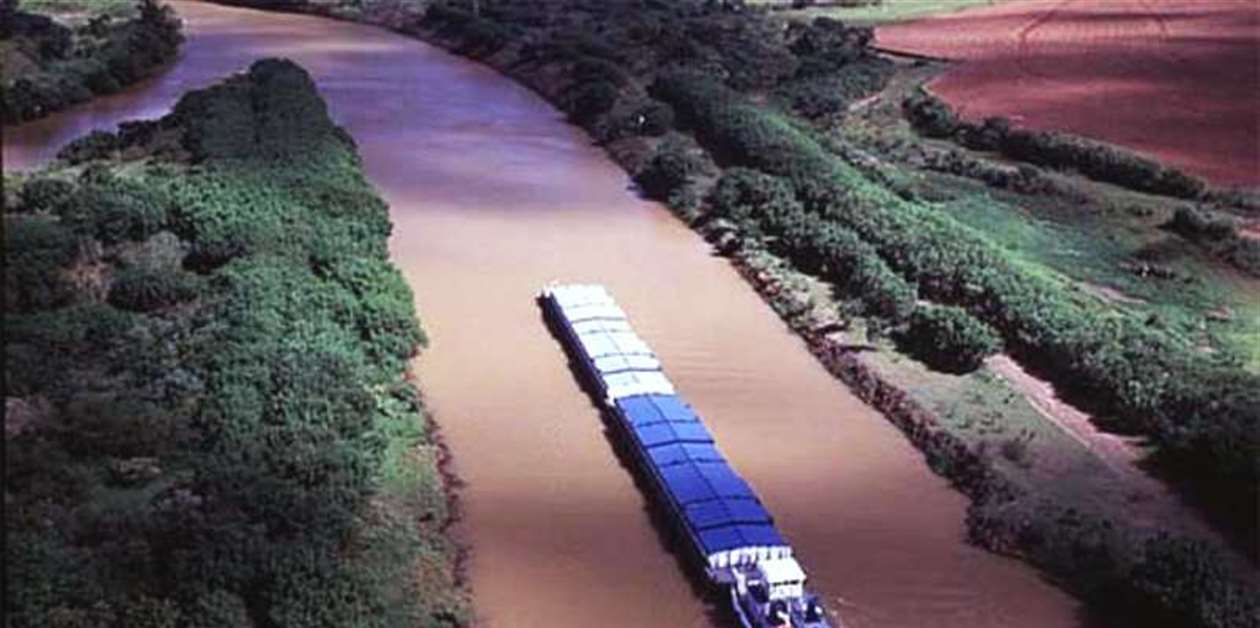RIO DE JANEIRO, BRAZIL – The Bolivian government has projected that, with improvement works, the Ichilo-Mamoré waterway can generate about US$1 billion per year and be a more “economical” way for exporters.
The Minister of Public Works and Housing, Édgar Montaño, said in a press conference on April 18 that this waterway, which links the center of the country with the Amazon region of the department of Beni, is already completed after nine months of work.
Montaño detailed that the infrastructure has reinforced concrete, about 300 square meters, and the capacity to support up to 510 tons of cargo translating into about 20 to 23 containers.

“We provide exporters with a more economical way to export not only dolomite but also cement and wood,” said Montaño.
The minister indicated that the improvements of this waterway had an investment of more than US$800,000, and a shipment of 30 tons of dolomite and four motorcycles were already shipped through this route.
“The Ichilo-Mamoré waterway will promote exports and the industry without chimneys; that is to say, it will welcome tourists,” expressed the minister.
This waterway links Puerto Villarroel, in Cochabamba, in the center of the country, with Guayaramerín, in the northern Bolivian Amazon, on the border with Brazil.
Montaño emphasized that this route will also help the economic reactivation, one of Luis Arce’s government’s priorities.
In July last year, work began on improving and cleaning this route to guarantee navigability throughout the year and allow the transport of goods from the interior to the border.
With information from EFE

